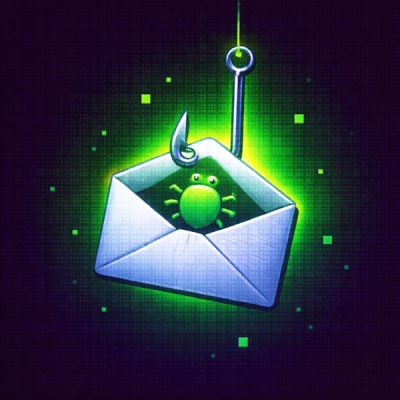
Research
2025 Report: Destructive Malware in Open Source Packages
Destructive malware is rising across open source registries, using delays and kill switches to wipe code, break builds, and disrupt CI/CD.
This is an implementation of the Google Wave Gadget API using Node.js, Socket.io, and Redis.
It uses diff-match-patch to synchronize states across multiple instances: clients send patches to the server, which then propagates the patches to other clients which apply the patches to their local state model. So no matter how big the state model becomes, each update event is quite small.
Install Wave using NPM with:
$ npm install wave
To create a Wave server instance, attach it to a http server instance as follows:
var server = http.createServer(function(req, res){
res.writeHead(200, {'Content-Type': 'text/html'});
res.end('<h1>Wave Gadget API Server</h1>');
});
var wave = require('wave').Server;
wave.attach(server);
server.listen(8000, "127.0.0.1");
Note that you must have Redis running.
You can set various options for redis by passing a map of options to the attach() method, e.g.:
wave.attach(server, {"host":"127.0.0.1", "port":"6379", "clear":true});
The "clear" option, when set true, clears out all existing states. Other valid options are "host", "port", and any standard Redis configuration options you can pass to node_redis using redis.createClient(). See node-redis for more information.
To run the examples, you need to start your Redis server, and start a new Wave server using:
$ node examples/server/server.js
You can then run the examples by opening examples/index.htm in a browser and following the instructions on the page.
Each page or widget wanting to use the service needs to import the following JavaScript files:
diff_match_patch.js
json2.js
socket.io.js
wave.js
These can all be found in the "client" folder; you can also load the current socket.io.js client from the server itself (e.g. http://localhost:8081/socket.io/socket.io.js)
In addition you need to call the following methods in your own scripts after importing the wave.js library:
wave.setSharedDataKey(key) : this is the "context identifier" for the pages/widgets that will share state.
wave.setViewer(id, name, icon src) : this is the current user's information
For example:
wave.setSharedDataKey("SPACE1");
wave.setViewer("mindyourownbusiness","alice","smileys/rabbit.png");
When both have been set, your page/widget will handshake with the server.
You can then use the Wave Gadget API as described at: http://code.google.com/apis/wave/extensions/gadgets/guide.html
Note that private states are not supported yet, nor are getHost() or state.clear().
FAQs
Wave Gadget API implementation
The npm package wave receives a total of 17 weekly downloads. As such, wave popularity was classified as not popular.
We found that wave demonstrated a not healthy version release cadence and project activity because the last version was released a year ago. It has 1 open source maintainer collaborating on the project.
Did you know?

Socket for GitHub automatically highlights issues in each pull request and monitors the health of all your open source dependencies. Discover the contents of your packages and block harmful activity before you install or update your dependencies.

Research
Destructive malware is rising across open source registries, using delays and kill switches to wipe code, break builds, and disrupt CI/CD.

Security News
Socket CTO Ahmad Nassri shares practical AI coding techniques, tools, and team workflows, plus what still feels noisy and why shipping remains human-led.

Research
/Security News
A five-month operation turned 27 npm packages into durable hosting for browser-run lures that mimic document-sharing portals and Microsoft sign-in, targeting 25 organizations across manufacturing, industrial automation, plastics, and healthcare for credential theft.